- +033 2572 7171
- info@dhanvantary.com

4.5 Rating | 4500 Review

4.5 Rating | 4500 Review
Back pain is one of the most common health complaints affecting people of all ages, often linked to sedentary lifestyles, injuries, or underlying health conditions. Pain can occur anywhere along the spine, but it most commonly affects the lower back, known as lumbar pain.

Back pain is one of the most common health complaints affecting people of all ages, often linked to sedentary lifestyles, injuries, or underlying health conditions. Pain can occur anywhere along the spine, but it most commonly affects the lower back, known as lumbar pain.
Often due to heavy lifting or awkward movements, which can strain back muscles.
CLike herniated or bulging discs, where the soft "cushion" between the spine bones slips out.
Especially osteoarthritis, which can cause joint wear and tear in the spine.
Weak, brittle bones that can lead to fractures in the spine.
Sitting for long periods, especially with poor support, can strain back muscles.
Lack of exercise weakens muscles supporting the back, leading to pain.
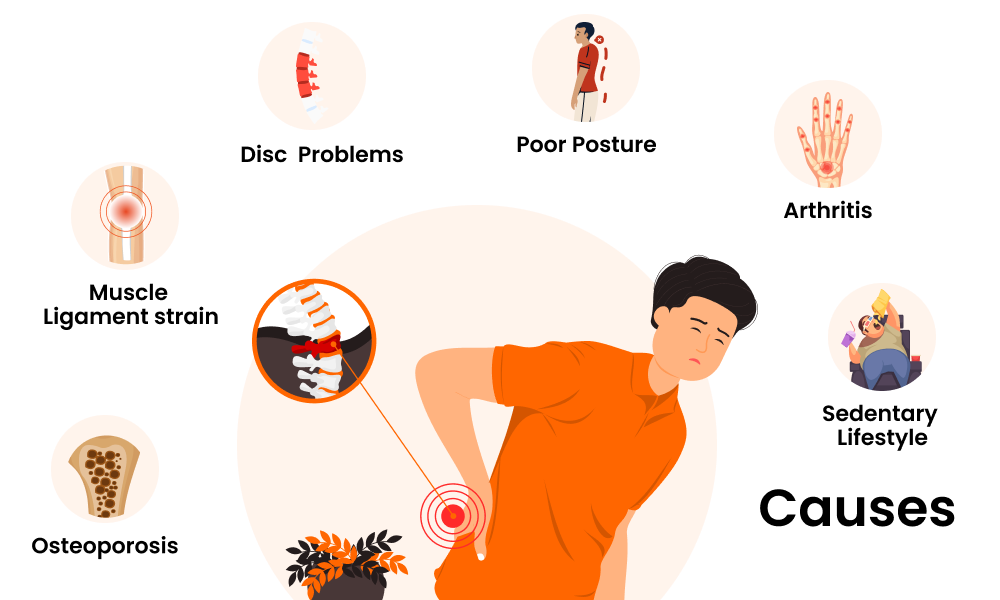
Lasts a few days to a few weeks, usually resolving with rest or treatment.
Persists for 12 weeks or longer, often requiring a deeper medical investigation.
Typically caused by spine issues or muscular strain.
Radiates from the back to other areas, usually due to nerve compression (like sciatica).
Severe, cramping pain in the lower back, often radiating towards the groin.
Such as spinal infections or urinary tract infections, which may cause localized or spreading back pain.
A chronic disorder causing widespread musculoskeletal pain.
Pelvic condition that may also cause lower back pain.
A type of arthritis that causes chronic inflammation in the spine.
Metastatic cancers may present as persistent back pain, especially if they spread to the spine.
Follow a Vata-pacifying diet: Incorporate warm, moist, and nourishing foods (like milk, ghee, soups, and spices like ginger and turmeric).
Avoid cold foods, caffeine, and processed foods which aggravate Vata.
Practice gentle exercises and stretching, especially yoga poses like Bhujangasana (cobra pose), Shalabhasana (locust pose), and Setu Bandhasana (bridge pose) that help strengthen the back.
Yoga and Pranayama: Gentle yoga asanas can help stretch and strengthen the back.
Pranayama (breathing exercises) such as Anulom Vilom and Bhramari can calm the mind, reduce stress, and promote healing.
Maintain good posture, especially if sitting for long periods.
Use supportive seating, avoid sudden movements, and lift heavy objects carefully.
Ensure adequate sleep, as rest is essential for recovery.
According to Ayurveda, back pain can be attributed to an imbalance of the Vata dosha, which governs movement and activity in the body. Ayurvedic treatments for back pain focus on restoring balance, reducing inflammation, and strengthening muscles.
Kati Basti is a traditional Ayurvedic therapy specifically for relieving back pain. In this procedure, a circular shaped ring made of dough is placed on the lower back (kati area), creating a pool-like structure. Warm, medicated oil is then poured into this pool and retained over the affected area for a specified time. The warmth of the oil, combined with its herbal properties, helps to soothe and relax muscles, reduce inflammation, and ease pain in the lower back. Kati Basti is commonly used to treat issues like chronic back pain, sciatica, and muscle stiffness.
Herbal oil massage to relieve pain and strengthen back muscles. Massaging these formulations into the affected area can enhance blood circulation, reduce muscle stiffness, and alleviate pain.
Herbal enema to balance Vata and cleanse toxins. Basti is an Ayurvedic enema treatment used to help relieve back pain by balancing the body’s Vata dosha, which is associated with movement and nerve function. In this therapy, warm, herbalized oil or decoctions are gently introduced into the colon. This process helps cleanse toxins, reduce dryness, and nourish the lower body, providing relief from pain and stiffness in the back. Basti is considered especially beneficial for chronic back pain and issues related to nerve compression, like sciatica.
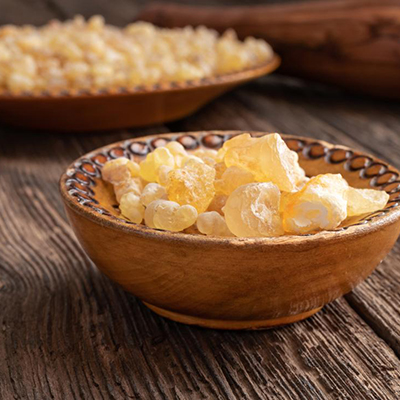
Shallaki has anti-inflammatory properties and helps reduce joint pain and muscle pain.
Use: It is taken in powder or tablet form along with warm water
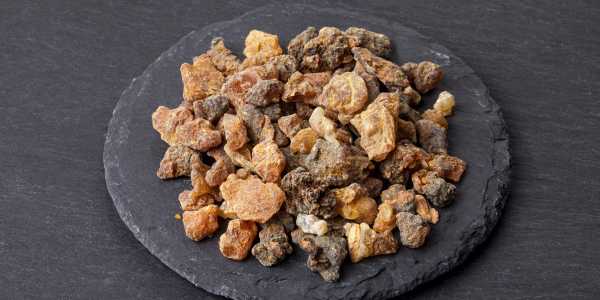
Known for its anti-inflammatory and pain-relieving effects, Guggulu is commonly used to treat joint and back pain.
Use: Guggulu is often prescribed in tablet form or combined with other herbs like Shallaki or Ashwagandha.
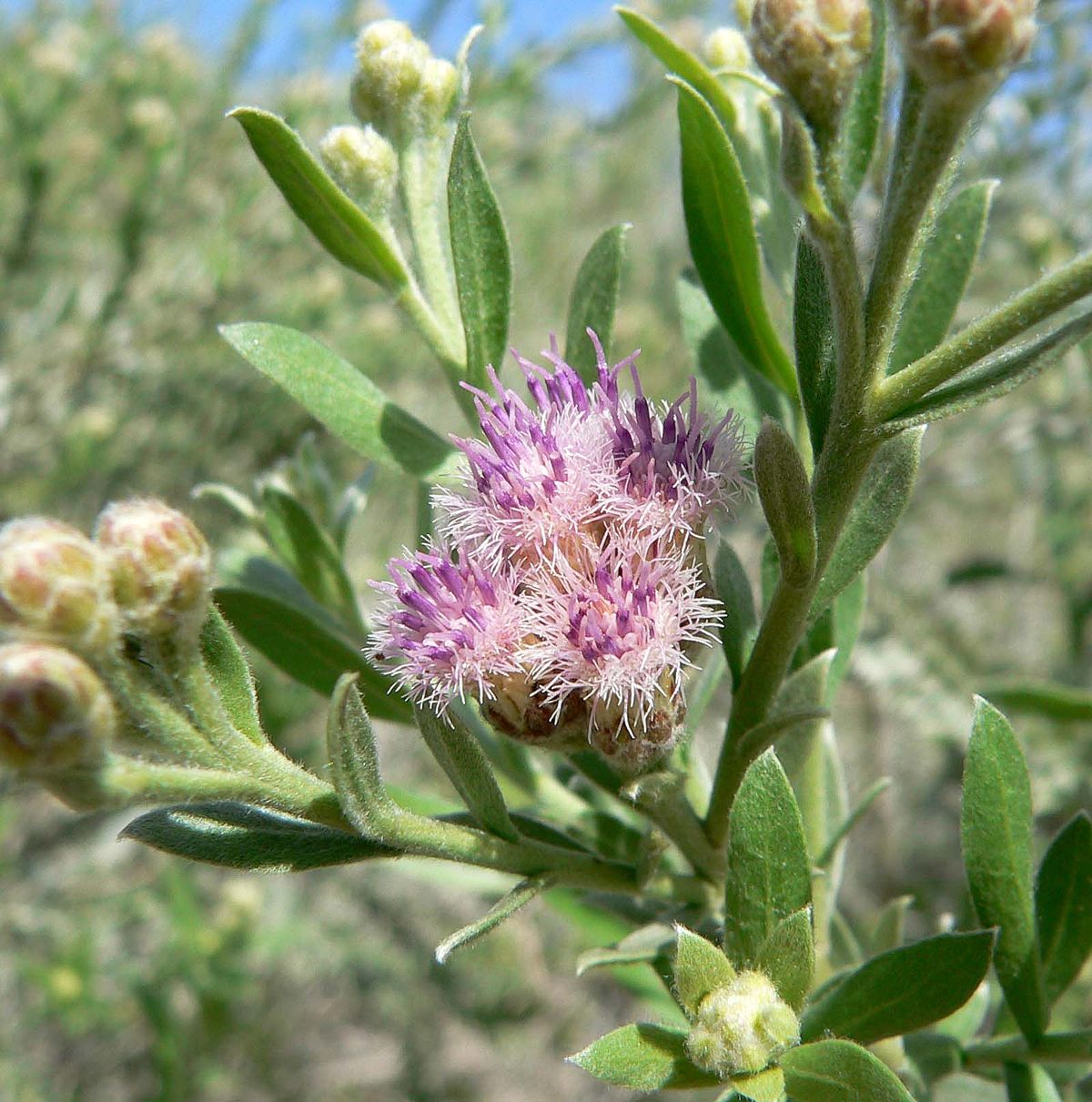
How it helps: Rasna has anti-inflammatory properties and helps alleviate joint and muscle pain.
How to Use: Rasna powder or leaves can be boiled to make a decoction, which can be taken internally. It is also commonly included in oils for massage.
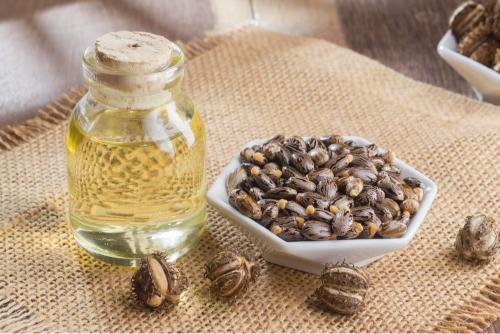
How it helps: Castor oil has a mild laxative effect and is used to balance Vata dosha, which can reduce pain and stiffness.
How to Use: It can be taken in small amounts with warm milk for detoxification or applied externally as a massage oil on the back.
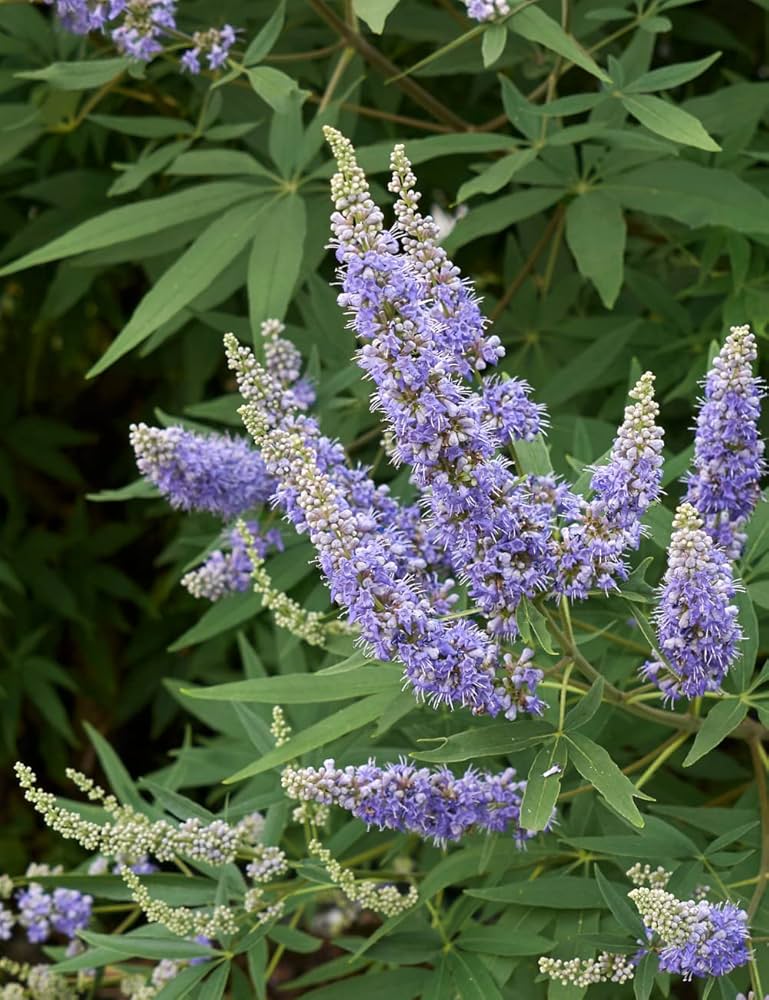
How it helps: This herb works as a muscle relaxant and helps reduce swelling and inflammation, making it useful for back pain relief.
How to Use:Nirgundi oil can be applied directly to the painful area for local relief. It can also be used in decoction form for oral consumption.
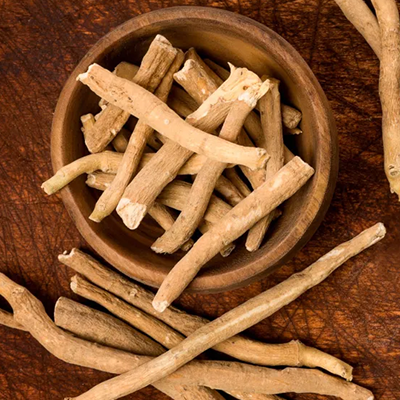
How it helps: Ashwagandha is an adaptogen that strengthens muscles, reduces stress, and helps in tissue repair, which can relieve back pain.
How to Use:Taken as a powder (churna) with warm milk or as capsules. It is best used daily to build long-term muscle strength and resilience.
